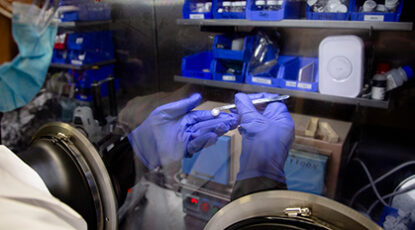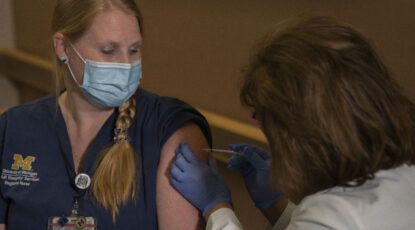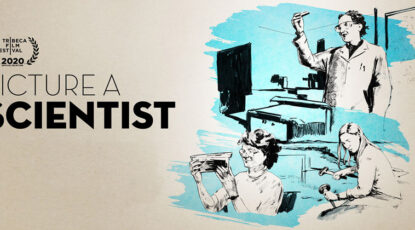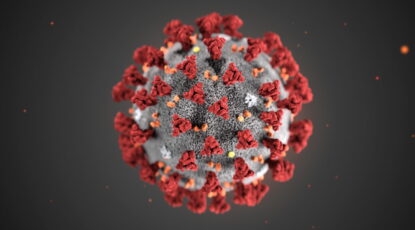Science and Technology
-
How to manage your digital life
With so much of our lives online — photos, videos, financial records, creative projects — many of us have become de facto archivists. Staff at the U-M Library offer a primer to organize your digital universe.
-
‘Holy grail’ battery doubles the range of electric vehicles
Lithium metal batteries can double the capacity of today’s standard lithium-ion cells, and much of the existing manufacturing system is primed for production, say experts at U-M. Let’s roll!
-
Michigan Medicine vaccinates first employees for COVID-19
Michigan Medicine began vaccinating people against COVID-19 Dec. 14 with an initial group of five frontline workers.
-
‘More diversity equals better science’
The most resilient ecosystems are the most diverse, says botanist and documentarist Sharon Shattuck, BS ’05. Her film spotlights three women seeking to make ‘better science.’
-
U-M shifts to saliva-based surveillance testing for COVID-19
Changes include streamlined sign-up, more locations, 6K weekly capacity.
-
A ‘menacing, alien machine’
The coronavirus’ spiky ball tells a story, and if people understood it better they might feel more confident about defeating it, says the scientist who founded U-M’s BioArtography Project.
-
The COVID-19 curve has unflattened. Fast. Now what?
Pandemic historians who showed the power of efforts to ‘flatten the curve’ say it will take all-out effort by individuals, industry, and elected officials to reduce death and suffering until vaccines are available.
-
Discovery may lead to better anti-obesity treatments
Researchers have unveiled the precise shape of a key player in human metabolism, which could open the door to better treatments for obesity and other metabolic disorders.
-
“It is now easier to hear Earth’s voice”
Michigan Stadium seismometer captures eerie quiet since COVID-19 lockdowns and stay-at-home orders were issued in March.










